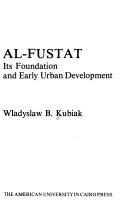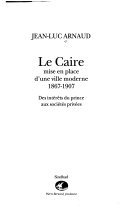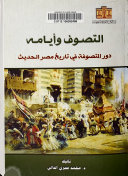Urban Sprawl, Informal Settlements And Government Responses In The Megalopolis Of Cairo (Egypt)
Friederike Zigmann.

نبذة عن الكتاب
According to the last census, the population of the GCR was 13.6 million. Although the estimated population in 2006 was only about 15.7 million, this was because of the lack of a formal registration, and it is more likely that this figure is actually as high as 17 million. The population growth is the biggest problem of the capital. Since the 1960s, Cairo has been experiencing a massive inflow of new inhabitants. This inflow originates mostly from the districts of Upper and Middle Egypt, but also from the Delta region. The nature of these movements is both temporary and permanent, whereas the temporary migration is hard to record. Still, the GCR is demonstrated having the highest population growth rates within Egypt. These movements led to a densification in the old town and to an uncontrolled sprawl of settlements, especially in the periphery of Cairo along the ring road built during the 1980s and 1990s. While the population of the old town is now declining, the informal settlements are still growing. This entails various problems concerning the destruction of arable land, which is mainly concentrated along the Nile River. Besides, these settlements are often not connected to the water supply system and do not possess sufficient infrastructure like accessible streets and waste treatment. Certainly, the bulk of the people there are working in the Cairo agglomeration, which leads to a concentration of traffic on the main roads to the inner city parts. Air pollution is only one of the effects of the overloaded metropolis



















